
In the world of cherished affairs like wine, it is quite common to find yourself with an unfinished wine bottle. Whether you have been leisurely sipping it after a long day, celebrating a special occasion with multiple bottles, or encountering a mismatched food pairing with a less complementary vino, resealing the wine bottle becomes the solution.
Wine lovers often wonder, "What is resealing a wine", "How to Reseal a Wine Bottle?" and "How long can a wine bottle be resealed?" In this blog post, we will address all such queries, providing you with essential guidance to smartly reseal, store, and preserve your wine.
What Does It Mean To Reseal a Wine Bottle?
To reseal a wine bottle means to securely close it after it has been opened. Wine bottles generally have a twist-off cap, a cork, or a screw cap to seal the contents inside. Once you have poured out the wine from the bottle, it is essential to reseal the remaining wine to prevent any potential spoilage and preserve the wine for future enjoyment.
Is “Resealing” and “Recorking” A Wine Bottle The Same?
“Not All Resealing is Recorking, But All Recorking is Resealing”
No, despite the fact that their goals are similar: to close the wine bottle after it has been opened for storage and preservation, resealing and recorking are not the same thing.
To reseal a wine bottle means to close the wine with the original cork or another closure such as a wine topper or screw cap, whereas recorking is just the act of replacing the cork with a new one. In case you are a wine lover, mantra on how to recork a wine bottle and reselaing tips should be on your wine care checklist.
What If the Wine Bottle Is Improperly Or Not Resealed?
After opening a wine bottle, improper or no resealing will cause it to deteriorate. In both circumstances, wine will be exposed to air and deteriorate in a day if white or a few days if red, and sparkling wine will lose its carbonation within hours.
Here are some possible outcomes if you reseal a wine bottle incorrectly or don’t do it at all:
- Oxidation: When inadequately resealed, air might enter the wine bottle, exposing it to oxygen. This causes the wine to oxidize, resulting in the flattening of fresh fruity flavors, the loss of aromas, and an overall stale taste, turning the wine undrinkable.
- Loss Of Effervescence: If a sparkling wine is left open for a long time, its carbonation will wipe out, making it flat and less enjoyable.
- Evaporation: With prolonged exposure to air, the volatile compounds present inside the wine can evaporate, altering the wine’s bouquet and taste notably.
- Leakage: An opened-up bottle of wine can face accidental mishandling, causing potential leakage, spillage, and wastage.
- Tainting From External Odors: A wine left exposed for an extended period of time might absorb aromas from its surroundings, reducing its overall sensory appeal.
How to Reseal a Wine Bottle?
Resealing an opened-up bottle of wine is the wisest thing you can do in honor of your vinous elixir. Now, there are numerous ways to reseal your wine bottle, with each option coming with a different set of practices, convenience, and cost. Discover them below and pick one that suits you the most.
Tilt and Twist Method
Currently, the trendiest way to reseal a wine bottle is the "tilt and twist method—quite a sophisticated name, right? This method is both practical and cost-effective, though it requires a little practice. To perform it, you simply have to reseal your wine with its original cork. It is essential to assess whether the cork is of high quality, and if you notice any noticeable damage, it is advisable to replace it with a new one.
Step 1: Hold the bottle firmly on a stable surface and clean the inside of its neck with a clean cloth to remove any residue or contaminants.
Step 2: Pick up the original cork and assess its quality by checking for any signs of damage or deterioration. If its quality is intact, you are good to go, and if not, simply pick up a new cork and soak it in a container of warm water for 5–10 minutes to soften and make it easier to slip on.
Step 3: Tilt the cork slightly so that one side enters first and rests on the bottle's lip.
Step 4: Twist and press the cork down in one motion, allowing it to slip into the bottle until its ends are evenly in and out. Be patient as you perform this step, since applying too much pressure may damage the cork or cause it to fall into the wine.
Wine Stoppers
Wine stoppers are also convenient to reseal a wine bottle, due to their accessibility in local stores, ease of use, and affordable prices, ranging from $5 to $15. Wine stoppers are an excellent investment if you savor wines often and struggle to store your leftovers now and then. Simply get a wine stopper and plug it in the top of the opened-up wine bottle, and its snug fit will create a tight seal to keep your wine fresh.
Lastly, in the various options of wine stoppers, you can use one that is readily available to you, and it can be either a cork stopper, a rubber stopper, a synthetic wine cork, or a glass stopper. Only in the case of opened-up sparkling wines like champagne and prosecco is it recommended to use sparkling wine stoppers.
Wax Paper
You can also reseal a wine bottle with wax paper, which is a common household item you use to wrap your scrumptious sandwiches and line baking sheets. You can choose this method if excessive friction makes it hard to reseal your wine with its original cork. Wrapping the cork in a small piece of waxed paper will help reduce the friction in a snap.
Step 1. Take the wine bottle and clean the inside of its neck with a clean cloth to remove any residue or contaminants.
Step 2. Take a piece of wax paper and cut it to the length and width of the cork that will wrap it without overlapping.
Step 3. After cutting the wax paper precisely, wrap it around the cork and position it over the bottle at a slight angle.
Step 4: Hold the bottle tightly and carefully push the cork in with no twisting at all, as it will wrinkle the paper.
Step 5. Press down until the cork is mostly inside.
Paper Towel
There can be a moment when you do not have a wine stopper handy, and a cork does not act as a savior. In such a case, you can choose to make a replica of a cork with a paper towel and use it to reseal your wine and keep it fresh for a day or so.
Though it is not as reliable as other methods, using a paper towel can help you reseal a wine bottle until you find a cork or a functional wine stopper.
Step 1: Get a piece of paper towel and fold it about two inches wide.
Step 2: Look at the bottle's neck closely and roll the paper towel until it is just slightly bigger than the neck itself.
Step 3. After you have made a nice replica of the cork with the paper towel, tape it to secure its ends.
Step 4. Lastly, push the paper towel cork into the bottle until it is tightly sealed.
Wine Saver / Wine Vacuum Pumps
If you are a true wine connoisseur who often savors wine, you must already own a nice wine saver or, simply put, a wine vacuum pump. And if not, it is a great device to invest in to help you preserve your wines in the future. It functions impressively by pumping out air from an opened bottle of wine and sealing it with a rubber stopper to create a full vacuum inside.
Though wine stoppers and other aforementioned methods to reseal a wine bottle are fine options too, wine savers or wine vacuum pumps go a mile beyond by preserving the wine without a single trace of potential oxidation. Additionally, they are already available in the market and stores and cost genuine $10–$20.
Is Resealing Sparkling Wines Tougher Than Still Wines?
Most sincerely, yes. The mantras we just proposed for resealing wines are truly effective, but they seem less reliable in the case of sparkling wines such as champagne, prosecco, and cava. The carbonation, or simply put, the bubbliness inside the sparkling wines, makes it tough to preserve them, as soon after opening, the carbonation wipes out within hours, turning the sparkling wines flat.
Here are recommended ways to reseal a wine bottle of sparking:
- Use a Champagne Stopper: Try using a champagne stopper, which is a device uniquely designed to preserve sparkling wines after they have been opened. These stoppers typically create a tight seal on the bottle, leaving no room for further loss of carbonation and keeping the sparkling wine drinkable for a longer period of time.
- Use a Sparkling Wine Preservation System: A sparkling wine preservation system comes with hefty price tags, but this expensive resealing option is reliable if you have half-sipped a premium or rare sparkling wine. Such systems typically inject argon or another inert gas into the bottle to displace the oxygen, thus preserving the wine's carbonation and freshness.
- Recork Your Bottle Of Sparkling Wine: Although it is a sensitive affair to recork a sparkling wine bottle due to its rapid carbonation loss, it can still be relied on when done correctly. As sparkling wines often come with tapered corks, it is not advisable to reseal your wine with its original cork; instead get a mushroom-sized cork that is designed specifically for sparkling wines and insert it with little caution.
How Long Should One Reseal a Wine Bottle?
Resealing is an excellent way to keep an opened wine bottle fresh, but it won't stop the wine from deteriorating over time. Different wines have different shelf lives after opening, so it's crucial to keep track of yours so you don't waste it after it's gone bad.
How to Store an Open Bottle of Wine?
After you have resealed your wine bottle properly, it is crucial to store it in a suitable environment to support the preservation of leftover wine. Make sure to store the resealed wine bottle upright in a dark, cool place and sip it within a few days (refer to the table mentioned above).
For a deeper insight, check out our latest blog: How to Store an Open Bottle of Wine (Link Blog)
-
Can you reseal a bottle of wine?
-
How to close a wine bottle without a cork?
Yes, it is possible to reseal a bottle of wine. You can either choose to reseal your wine with its original cork or use a wine saver.
To close a wine bottle without a cork, you can use an airtight rubber stopper to preserve its freshness and prevent oxidation.
Preserve The Freshness Of Your Wine!
In a nutshell, there are various ways to reseal a wine bottle, and the best one is one that comes handy and will help you keep your vino fresh for days. So whether you end up sipping leisurely or toasting a milestone, your vino will be rightly preserved, with no chance for it to be drained out.















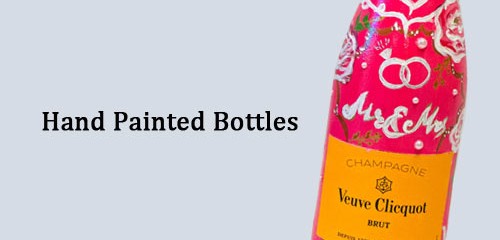

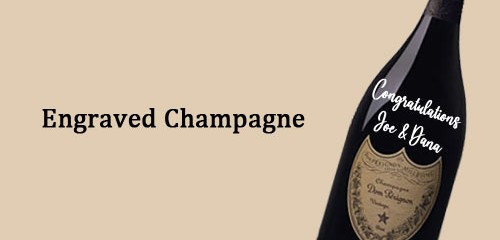


























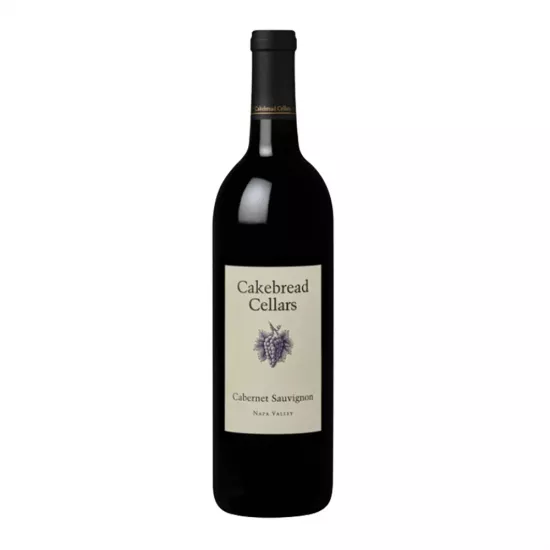
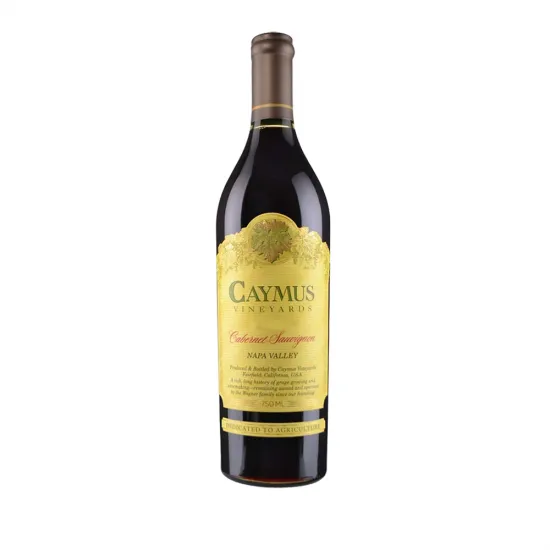
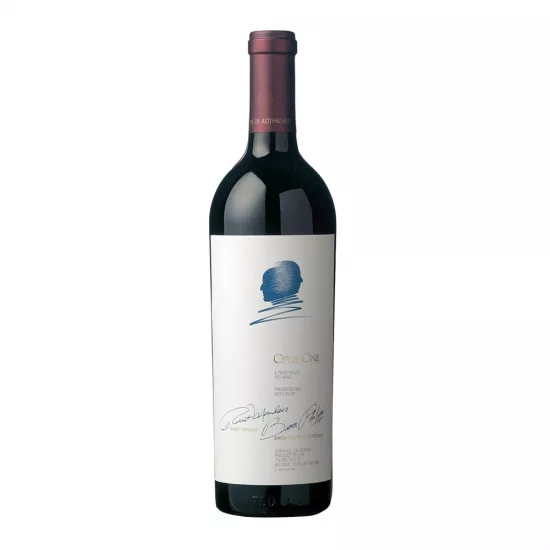
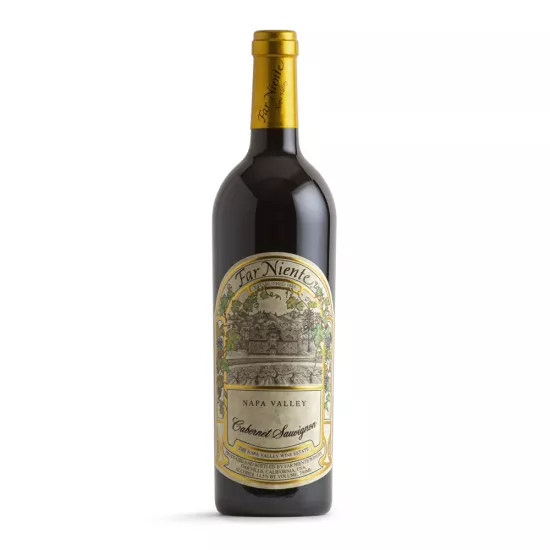

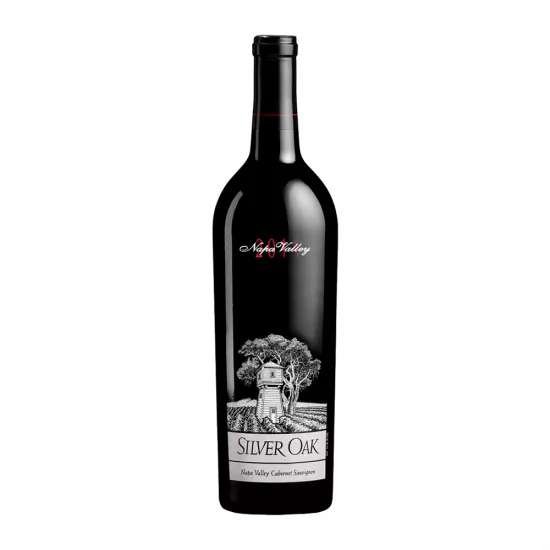







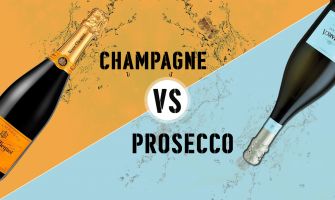




Leave a Comment